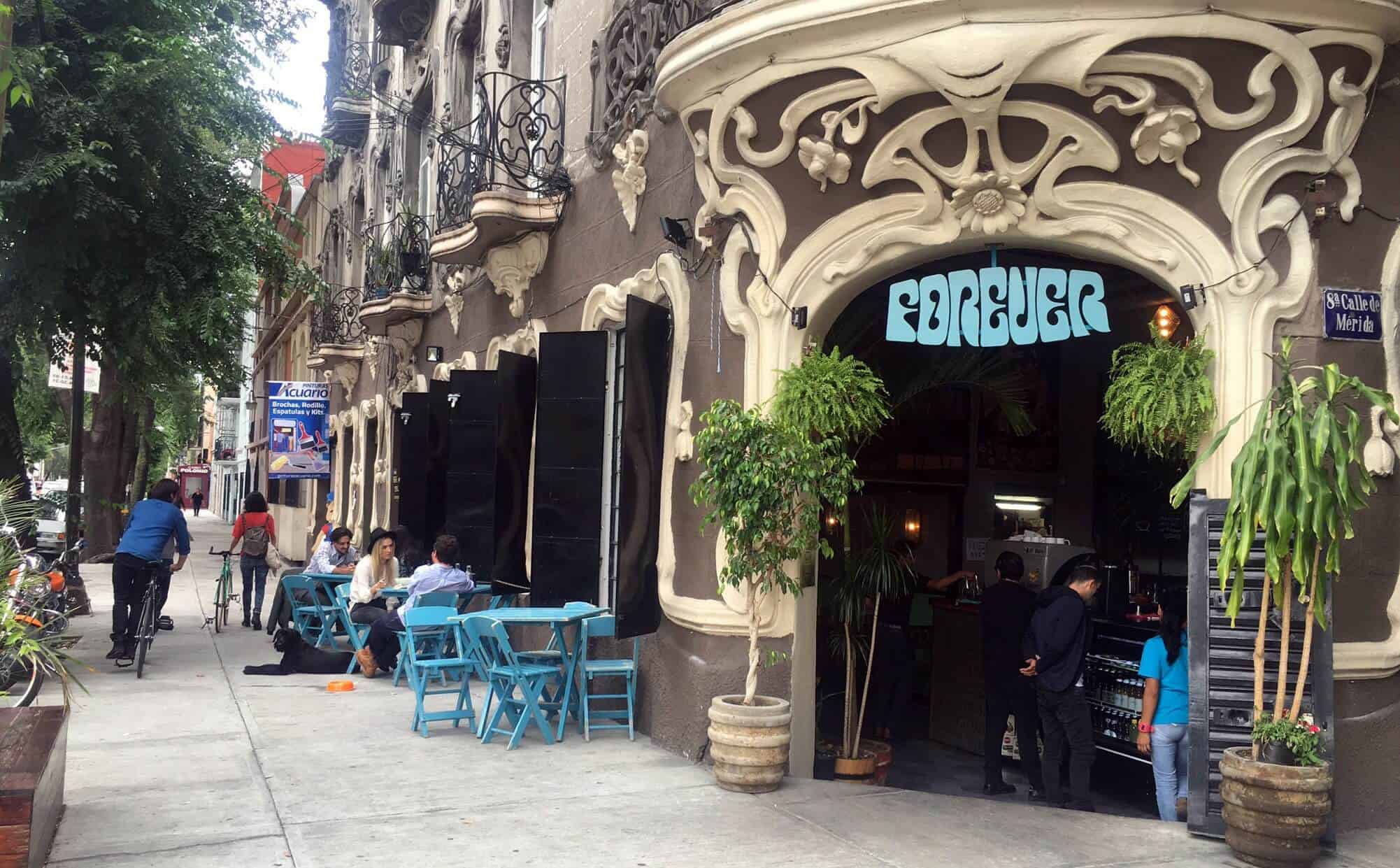Over the past 15 years, Mexico City has undergone significant transformation, driven largely by gentrification. Neighborhoods once seen as outdated or neglected have experienced rapid revitalization, attracting new residents, businesses, and cultural energy. While this process has contributed to economic growth and modernization, it has also brought challenges related to housing affordability. For the architecture and design community in Mexico, gentrification has sparked both new opportunities and complex changes in the urban landscape.
The Rise of Gentrification in Mexico City
A Shift in Neighborhoods
Gentrification in Mexico City began gaining momentum in the early 2000s, but the last 15 years have seen a dramatic acceleration. Neighborhoods like Roma, Condesa, Juárez, and Polanco have transformed into trendy, desirable areas for both locals and expatriates. Once characterized by historic buildings in need of restoration, these districts are now home to upscale boutiques, gourmet restaurants, and contemporary art galleries.
The influx of investment into these areas has led to the restoration of colonial-era mansions and the construction of modern residential buildings, creating a new urban identity for Mexico City. With this shift, architecture and design have become central to the city’s revitalization, providing creative professionals with new opportunities to shape the changing cityscape.
The Architecture of Gentrification
One of the hallmarks of gentrification in Mexico City has been the juxtaposition of old and new architecture. As colonial and early 20th-century buildings are restored, architects have found ways to blend traditional design elements with contemporary styles. Renovations often maintain the exterior facades of buildings while introducing modern interiors that reflect current trends in open-concept living, sustainability, and minimalist aesthetics.
In neighborhoods like Roma and Condesa, architects and designers are tasked with balancing preservation and innovation. Restoring old buildings while adapting them to modern needs has become a key part of the architectural narrative in these areas. This approach has not only enhanced the visual appeal of Mexico City but also helped preserve its cultural heritage.
The Impact on Local Architecture and Design Talent
New Opportunities for Designers and Architects
For architects and designers in Mexico City, the gentrification wave has brought a wealth of new projects and opportunities. As investment poured into key neighborhoods, the demand for creative professionals to design and execute these transformations grew significantly. Design studios and architecture firms have flourished, catering to both residential and commercial clients who seek to revitalize or modernize properties.
The restoration of historic properties has provided local talent with the chance to work on high-profile projects that require both technical skill and a deep understanding of Mexico’s architectural heritage. At the same time, new construction projects have allowed architects and designers to experiment with cutting-edge techniques and materials, creating a dynamic fusion of old and new.
The Cultural and Creative Influence of Gentrification
A Global Creative Hub
Gentrification has also contributed to Mexico City’s emergence as a global creative hub. As the city attracted more investment and international attention, it became a magnet for creative professionals from around the world. Designers and architects from Mexico now have the opportunity to collaborate with international firms, exchange ideas, and bring global design trends to local projects.
Neighborhoods like Polanco, Condesa, and Juárez have seen an influx of expatriates and foreign businesses, further contributing to the city’s global influence. The result is a diverse, vibrant design community that fosters innovation and creativity, making Mexico City a key player on the international stage.
A Richer Design Culture
The revitalization of Mexico City’s neighborhoods has also led to a richer design culture, where the city’s architecture reflects a blend of history, tradition, and modernity. Designers have embraced this complexity, creating spaces that honor Mexico’s cultural heritage while pushing the boundaries of contemporary design.
Mexico City’s unique mix of colonial-era structures, Art Deco buildings, and sleek modern skyscrapers reflects this dynamic. The city’s design scene has become known for its ability to harmonize these contrasting elements, resulting in a cityscape that is visually engaging and culturally meaningful.
Gentrification has undeniably reshaped Mexico City’s architecture and design landscape over the last 15 years. While it has brought new opportunities for architects and designers, it has also raised questions about affordability, displacement, and sustainability. For Mexico City’s creative talent, the future will involve navigating these challenges while continuing to create spaces that honor the city’s rich heritage and push the boundaries of design.
At Remotal, we are committed to connecting US firms with Mexico’s top architectural and design talent. Contact us today to learn how our remote architects can bring the unique creativity and expertise of Mexico City’s design community to your projects. Together, we can help shape the future of urban development across borders.
